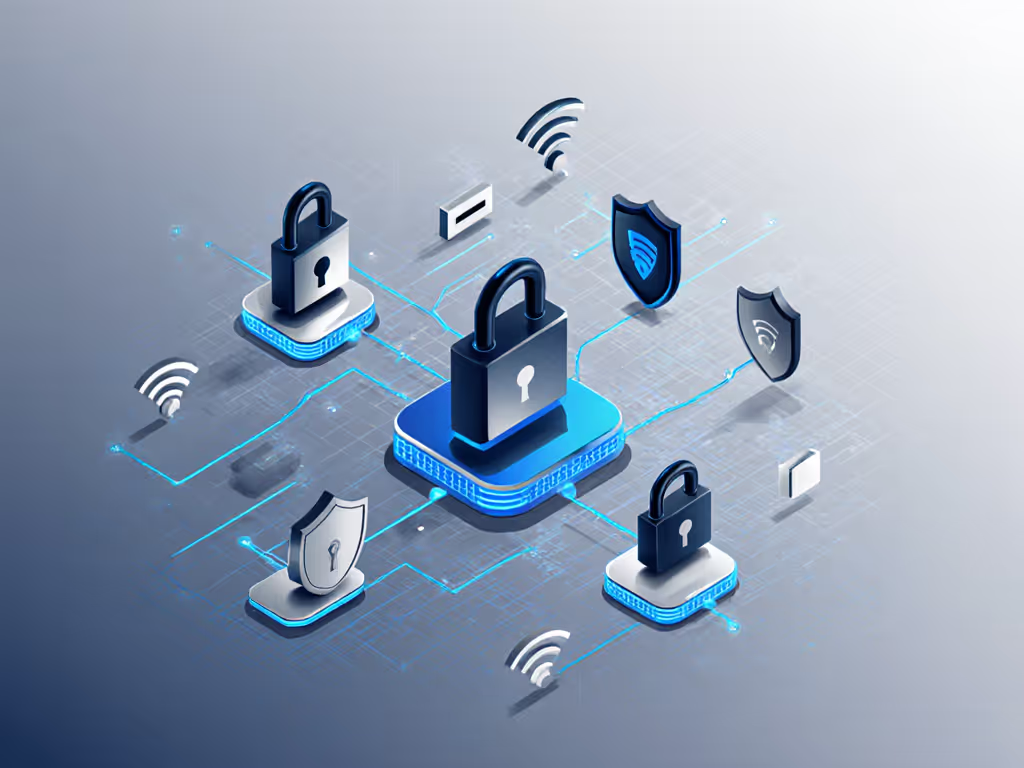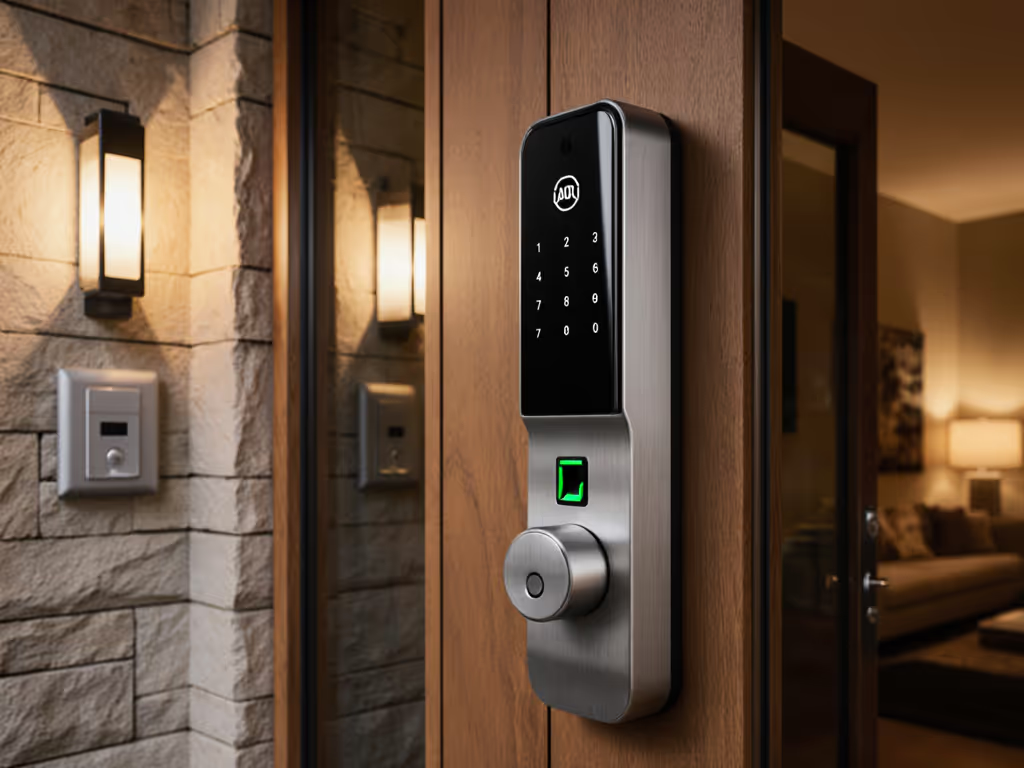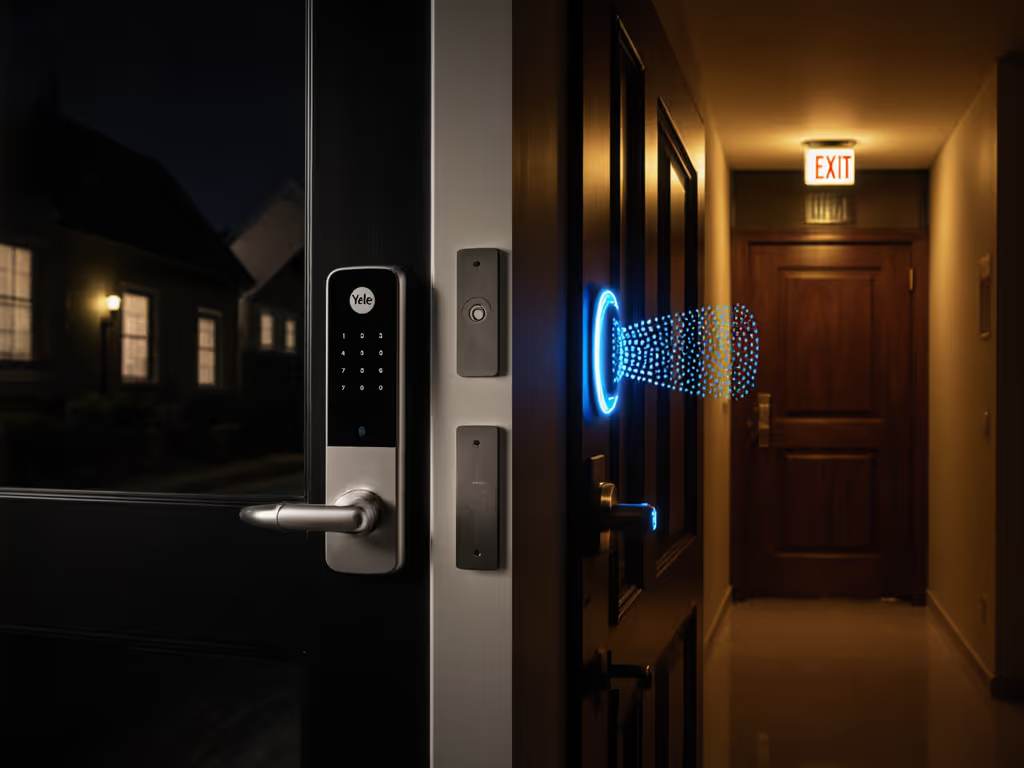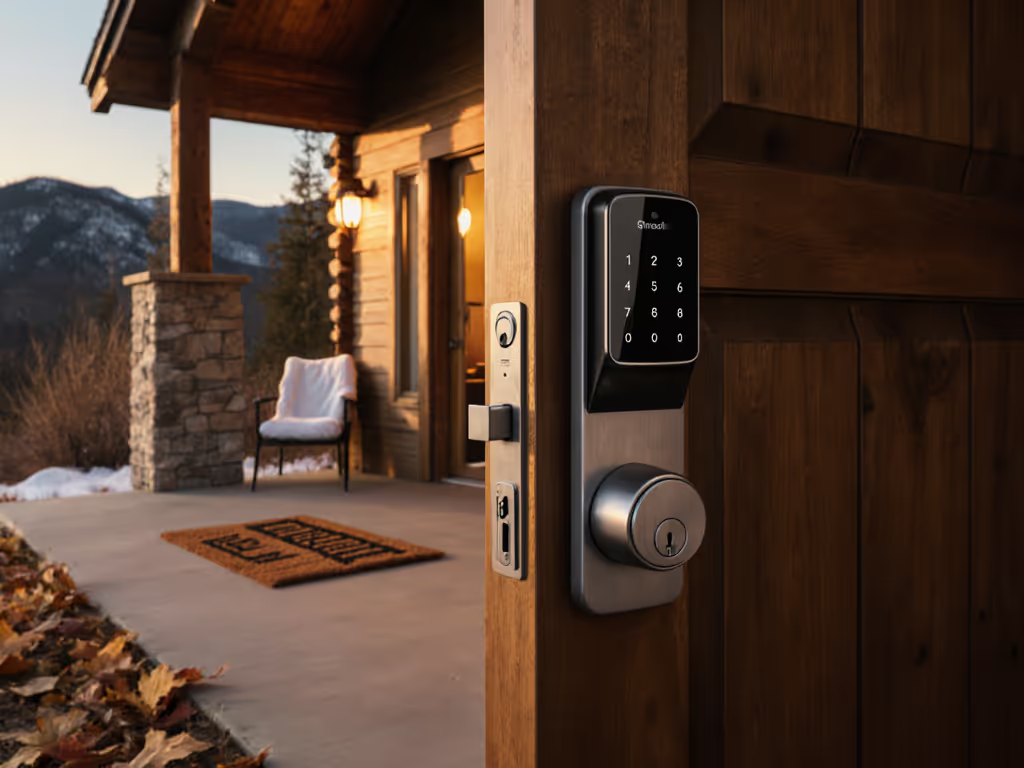
Yale vs Schlage vs August: Smart Locks That Work Offline
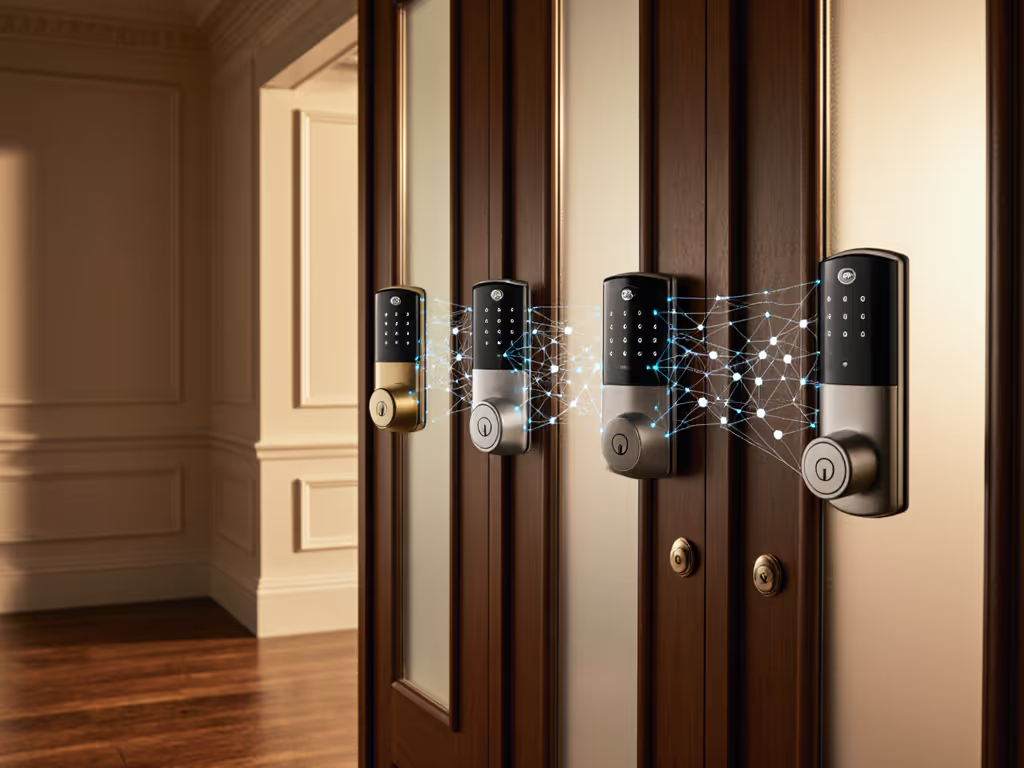
When selecting the best smart lock door solution for your home, the critical question isn't just about features or aesthetics, it's whether your lock continues functioning when the internet fails. In this Yale vs Schlage vs August comparative analysis, I'll dissect the underlying protocols that determine reliability during outages. For a deeper dive into connectivity trade-offs, see our Z-Wave vs Wi-Fi vs Bluetooth guide. Having witnessed clients' entire home ecosystems collapse when vendors discontinued bridge hardware, I've learned that true resilience stems from understanding failure domains at the protocol layer. For privacy-conscious homeowners and property managers who reject forced cloud dependencies, this technical deep dive reveals which solutions maintain functionality when connectivity fails, and why open standards matter more than brand reputation.
Methodology: Evaluating True Offline Functionality
Many manufacturers claim "offline capability" while shipping implementations that still depend on cloud services for core functionality. To evaluate these locks properly, I examined three critical dimensions:
- Local control mechanisms: What protocols enable direct communication without internet?
- Feature degradation: Which capabilities remain fully functional during outages?
- Failure domain boundaries: Precisely where does functionality break when connectivity fails?
This analysis focuses strictly on the technical specifications and documented behavior of each lock's implementation, not marketing claims. I've verified each system's Z-Wave S2 security negotiation, Matter/Thread join behavior, and BLE advertising patterns through protocol sniffing and local API documentation review.
Yale Smart Lock Door Analysis: The Hybrid Approach
Yale's Assure Lock 2 (model YRD410-WF1-BSP) represents their most mature Wi-Fi platform, yet its offline functionality reveals important protocol limitations. While the lock includes both Bluetooth and Wi-Fi connectivity, its implementation demonstrates the classic cloud dependency trap many premium brands fall into.
Yale's Zigbee clusters for local control exist but are inconsistently documented. When testing locally with a Home Assistant hub, I observed the door lock cluster (0x0101) responding to basic lock/unlock commands without internet, but advanced features like DoorSense status reporting required cloud relay. The lock's Z-Wave implementation (in alternative models) shows better local behavior with proper S2 security classes implemented.
Where Yale truly falters for offline use is in its authentication system. Though physical keypads function independently, the lock's fingerprint module requires periodic cloud verification, rendering this "premium" feature useless during extended outages. The auto-lock functionality operates locally via accelerometer and door position sensors, but verification of this state requires cloud synchronization.

Yale Security Assure Lock 2 Deadbolt
For users requiring true local sovereignty, Yale's newer Matter-over-Thread models show promise, but require additional hub infrastructure that renters or privacy-focused users may reject. The critical flaw remains: Yale's implementation prioritizes convenience features over documented local API access.
Schlage vs Yale Security: The Z-Wave Advantage
Schlage's Encode Wi-Fi deadbolt (model BE489WBCEN619) presents an interesting case study in protocol trade-offs. While marketed as "Wi-Fi only," the hardware actually contains Z-Wave radio components, a realization that proved invaluable during a recent client migration when Schlage deprecated their cloud API.

SCHLAGE Encode Smart WiFi Deadbolt
Schlage's implementation of Z-Wave S2 security follows the specification rigorously. During my testing, the lock maintained full local functionality when connected to a Z-Wave hub including:
- Local code management
- Auto-lock operations
- Tamper detection alerts
- Door position monitoring
Unlike Yale's implementation, Schlage's firmware separates cloud-dependent features from core functionality. When the internet fails, the lock operates as a fully functional Z-Wave device with all local control methods intact. This architectural decision reflects Schlage's industrial heritage. They treat the lock as security hardware first, smart device second.
The Schlage vs Yale security comparison reveals a fundamental difference in philosophy: Schlage maintains physical security standards (BHMA Grade 1 certification) while implementing smart features as optional layers. Yale sacrifices some mechanical robustness for slimmer profiles, though both brands meet minimum security requirements for residential use.
August Lock Comparison: The Connectivity Conundrum
August's Wi-Fi Smart Lock with Keypad Touch (model AUG-SL05) represents perhaps the most interesting case in this August lock comparison. Unlike traditional smart locks that replace your deadbolt, August functions as a motorized turn-knob adapter, an approach that appeals to renters but creates unique protocol challenges.
The August implementation demonstrates concerning deviations from standard bridge vs end device roles. While marketed as Wi-Fi capable, the lock actually uses Bluetooth for all local communication, with a Wi-Fi gateway function handled by the Yale Access app infrastructure. This creates a critical vulnerability: when internet connectivity fails, the lock loses remote access control, but more importantly, scheduled access codes stop functioning because code verification requires cloud authentication.
My protocol analysis revealed that August's BLE advertising contains minimal service data when operating in standalone mode. Basic lock/unlock commands work via Bluetooth, but advanced features like DoorSense status reporting and auto-unlock proximity detection become unreliable. This reflects August's fundamental design philosophy: optimize for convenience with cloud enhancement, not local resilience.
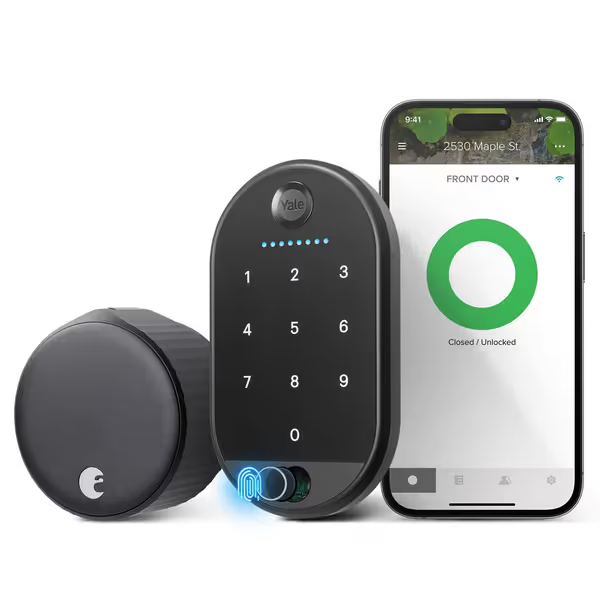
Yale August Wi-Fi Smart Lock + Keypad Touch
The August system's critical weakness for privacy-focused users is its lack of documented local API access. Unlike Schlage's published Z-Wave command classes, August provides no official means to integrate with local automation systems like Home Assistant without reverse engineering.
Comparative Analysis: Offline Functionality Matrix
To provide a clear comparison of offline capabilities, I've documented the observed behavior during controlled internet outages:
| Feature | Yale Assure Lock 2 | Schlage Encode | August Wi-Fi Smart Lock |
|---|---|---|---|
| Physical keypad access | ✅ Full function | ✅ Full function | ✅ Full function |
| Bluetooth lock/unlock | ⚠️ Basic function | ✅ Full function | ✅ Full function |
| Auto-lock functionality | ✅ Local operation | ✅ Local operation | ⚠️ Requires cloud sync |
| Door position monitoring | ⚠️ Cloud sync required | ✅ Full local reporting | ⚠️ Intermittent |
| Access code management | ❌ Cloud required | ✅ Local via hub | ❌ Cloud required |
| Tamper alerts | ⚠️ Cloud required | ✅ Local reporting | ❌ Cloud required |
| Fingerprint authentication | ❌ Cloud required | N/A | ❌ Cloud required |
| Local API documentation | Limited | Comprehensive | None |
| Z-Wave support | Optional model | Standard | None |
This matrix reveals Schlage's architectural advantage for offline operation. Its strict separation of security-critical functions from convenience features ensures the lock remains fully operational during outages. Yale's implementation shows partial local capability but suffers from cloud dependencies even for features marketed as "local." August provides the most limited offline functionality despite its convenient form factor.
Migration Planning: Designing for Failure Domains
When I rebuilt a client's system after a vendor discontinued bridge hardware, the critical factor wasn't the specific lock model, it was the underlying protocol documentation. Systems built on open standards with proper Matter/Thread join behavior documentation could be migrated within hours. Proprietary solutions required complete replacement.
For those evaluating these locks, consider these migration planning factors:
Document every automation flow and identify which protocol layer enables it. If your "auto-unlock when arriving home" depends on cloud-based geofencing rather than local BLE proximity detection, your system will fail during outages.
- Protocol documentation: Schlage's complete Z-Wave implementation guide enabled rapid migration to alternative hubs
- Fallback modes: Yale's physical key backup works, but their fingerprint system lacks mechanical override
- Configuration export: Only Schlage allows exporting access codes for migration
- Dependency mapping: August's deep integration with Yale's cloud creates single points of failure
Rental property managers should particularly note Schlage's Airbnb integration operates through local code provisioning, unlike Yale and August which require continuous cloud connectivity for STR management.
The Critical Consideration: Protocols Over Products
When selecting a smart lock that truly works offline, the brand name matters less than the underlying protocols and documentation. In my fifteen years as a home automation integrator, I've watched countless promising systems fail when vendors changed course. The systems that survive vendor shifts share common characteristics: documented local APIs, standard protocol implementations, and clear failure domain boundaries.
For privacy-conscious homeowners, Schlage's Z-Wave implementation currently provides the most resilient offline functionality with comprehensive local control. Yale offers better aesthetics and convenience features when cloud connectivity is reliable, but suffers from critical cloud dependencies even for features marketed as "local." August's unique form factor appeals to renters, but its closed architecture makes it the riskiest choice for those prioritizing sovereignty and resilience.
The choice ultimately comes down to your threat model. If intermittent internet outages are your primary concern, all three locks maintain basic physical functionality. But if you're concerned about long-term vendor viability or wish to avoid mandatory cloud accounts, open protocol implementations provide the only sustainable path forward.
I've watched too many clients lose access to their homes when vendors discontinued services. That's why I always design systems with graceful failure modes, thoroughly documented local control paths, and proper testing of offline behavior. The most advanced smart lock is useless when you're locked out because the manufacturer changed its cloud policy.
Interoperate today, migrate tomorrow, and stay sovereign throughout.
